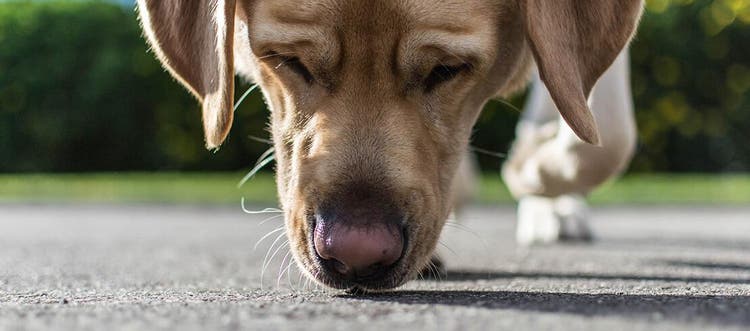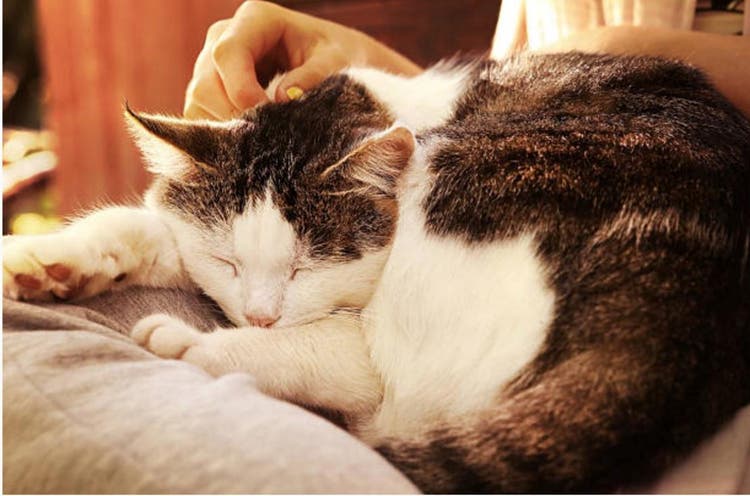We all need a break from regular walks with our dogs. Here are five dog exercise and training tips to shake up your routine.
Five fun alternatives to walking your dog
Going on a walk can be the highlight of your dog’s day. A walk provides the chance to use up some of your dog’s seemingly boundless energy and enthusiasm and together you can explore the outside world.
But most dog owners probably walk the same route on the same paths in the same park day after day. There’s nothing wrong with routine – but changing it up every now and then can be stimulating for your dog and you’ll enjoy it as well.
Check out these five simple alternatives to walking your dog:
1. Go for a jog with your dog
If jogging or running is part of your regular exercise routine, bring your dog along for one of your shorter jogs to add some variety to the routine. Jogging gives your dog the chance to expend some energy in a short amount of time. If on a leash, watch out you don’t get tangled up and trip over. You may find a longer leash is in order, so your pooch can run well ahead or off to your side.
However, not all dogs are well suited to longer, or even shorter, jogs. Certain breeds – bulldogs, for example – just aren’t physically built for long runs. Neither are puppies – although you can find plenty of other ways to get your puppy to exercise.
Remember, if you do run with your dog, try to be considerate of when it wants to stop – whether to greet other dogs, have a sip of water, or go to the toilet – even if it slows you down.
2. Meet with other dog owners
As you know, dogs love being with other dogs. As long as they get along well, most dogs will play together: racing around, jumping, wrestling – and wearing each other out. Set up regular meetings with dog owners, or meet up at the dog park, to expand both your and your dog’s social networks.
3. Play in the grass
If you have a garden, or a park nearby, trade in the regular walk for a game of fetch or chase.
Almost all dogs love a game of fetch. A ball launcher can make the game easier for you and even more fun for your dog. Ball launchers allow you to throw the ball far with hardly any effort, and will encourage your dog to run hard.
Agility training is another way to exercise your dog’s mind as well as their body. You can use items in your home or garage, or from a home improvement store, to build a dog agility course: hula hoops for jumping rings, PVC pipes and joints for hurdles, and thick and sturdy plywood for ramps and platforms. You can also buy tunnels, plastic cones and other props from pet stores to complete the course.
4. Learn new tricks
Dogs have an incredible sense of smell and love playing a game of hide-and-seek with their treats around the garden or house.
By using the same word or phrase each time (such as ‘get ready!’ or ‘go find it!’) before your dog hunts for a treat, you are associating certain words and phrases with behaviours that remind him of a treat or reward. Make sure to praise your dog after each round of search to help cement the ‘go find it!’ trick in their mind.
5. Walk on the treadmill
Look no further than your standard treadmill if the weather is bad or if you are physically unable to walk your dog. Treadmills shouldn’t replace outdoor walks – as dogs prefer the variation, sights and sounds of the outdoors, and obviously need to be outside to relieve themselves – but if you have a dog that needs lots of exercise, then a treadmill can provide an extra opportunity.
Remember: Never tie your dog’s leash to the treadmill, and stay with them while they walk to help avoid injuries. If your dog has not used a treadmill before, you may first need to help familiarise them with it. Here’s how to:
- Give your dog a treat when you first put them on the treadmill.
- Set the treadmill to the lowest speed and continue to give your dog treats until they are completely comfortable.
- Slowly turn up the speed to a faster walking pace.
Keep your dog safe
Make sure your dog is safe and well behaved while exercising by teaching obedience commands. Regularly work on your dog’s recall and other obedience tricks – such as “sit!” and “drop it!” – to make your exercise time safe and fun for everyone.









